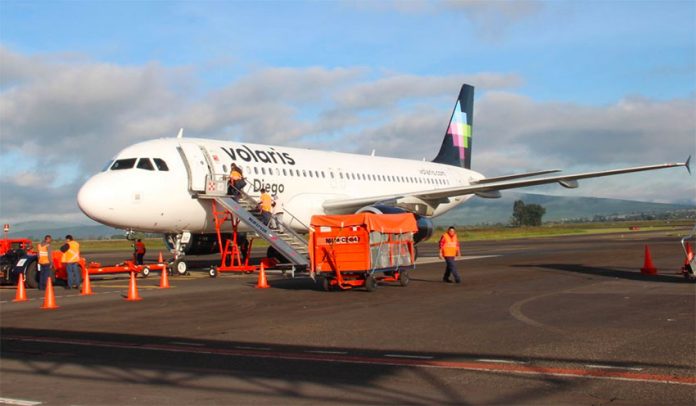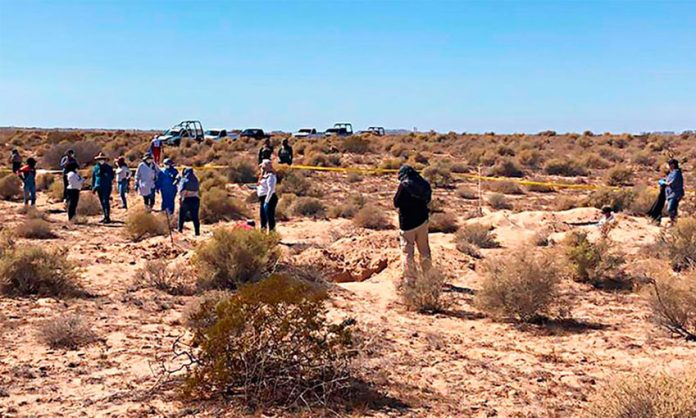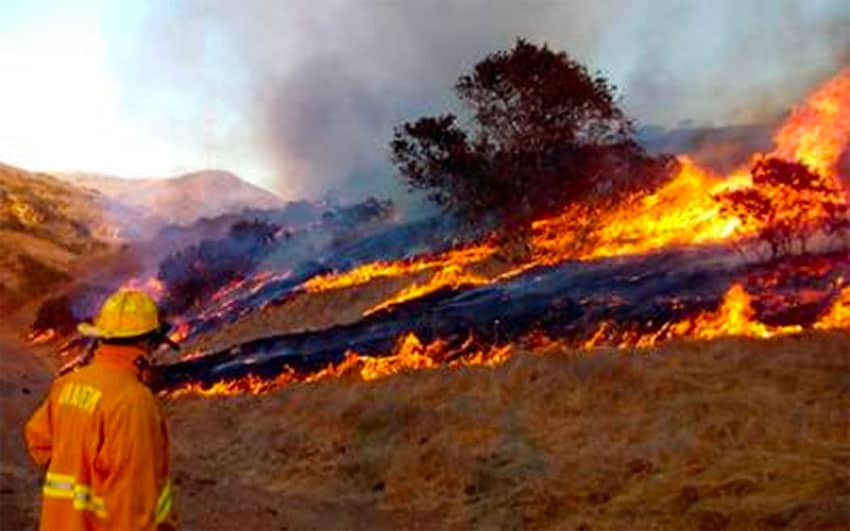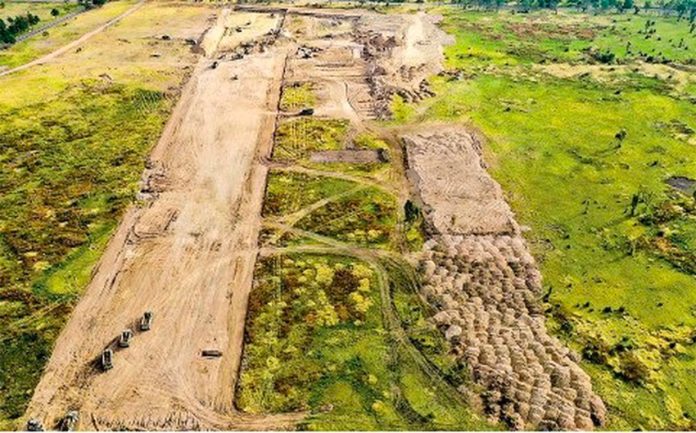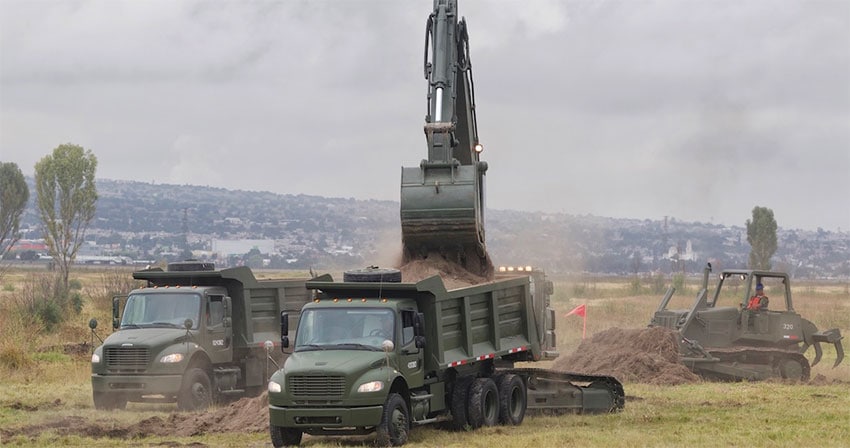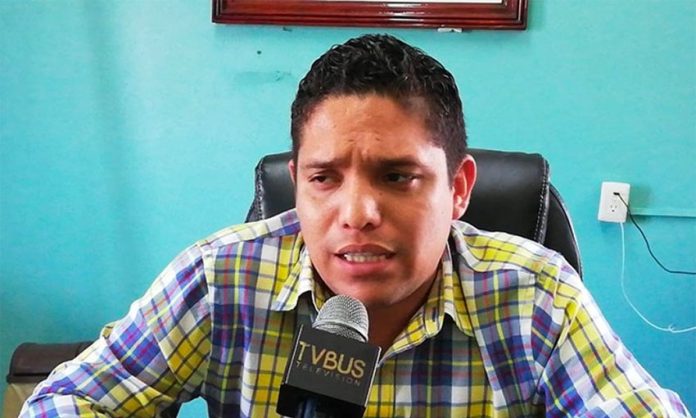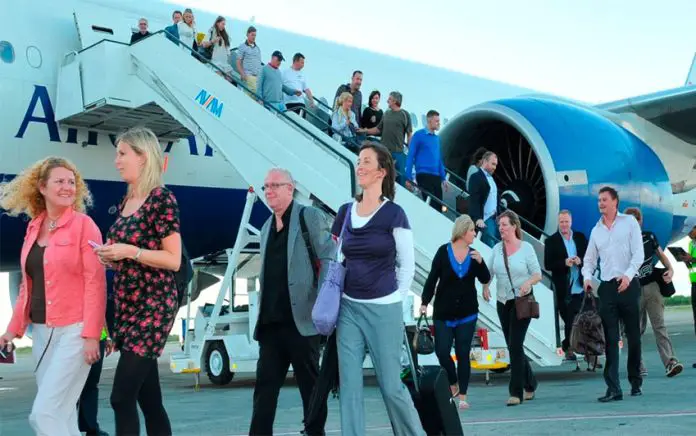The Mexican carrier Volaris is now the leading domestic airline, having carried the greatest number of passengers in the first eight months of the year.
The Federal Aviation Agency reports that from January to August, over 11.76 million domestic air travelers flew Volaris, accounting for 30% of all domestic air traffic and putting the airline No. 1 among the country’s nine airlines.
Analysts attribute the airline’s rise to its ability to take advantage of the “turbulence” experienced by its primary competitors, Interjet and Aeroméxico, the latter of which posted a decline in the number of passengers flown.
“It can be considered to be the result of external factors, derived from the cancellation of Interjet flights due to the lack of personnel for certain routes,” said Brian Rodríguez, an airline industry analyst at Monex Financial Group. “And from the decreased availability of Aeroméxico seats as a result of the suspension . . . of the Boeing 737 MAX 8 planes.”
Volaris recorded a 21.2% increase in the number of domestic passengers served in the first eight months while Viva Aerobus and Interjet reported gains of 20% and 4.4% respectively. Aeroméxico reported a 6.4% decrease.
The double-digit growth of the airline founded and run by Enrique Beltranena can also be explained by a strong strategy to expand its domestic routes. In the first half of the year alone, Volaris began flying to 43 new destinations.
The airline also incorporated three new planes into its fleet.
Another wise move on the part of Volaris, according to Rodríguez, is the airline’s business model of “point-to-point” flights rather than “hub and spoke.” The former, he said, is more efficient.
Another factor cited was that Volaris’s fares are 14-34% cheaper than those of its competitors. For example, a flight from Mexico City to Mérida can cost anywhere from 2,446-3,155 pesos (US $128-$166) on a Viva Aerobus, Interjet or Aeroméxico flight. Volaris charges 2,098 pesos (US $ 110) for the route.
“Volaris has capitalized on the reduction of Aeroméxico’s capacity, particularly in the area of domestic passengers, and it has increased its market participation significantly,” said Marco Montañez, an analyst with Vector Financial Group.
Source: El Financiero (sp)
